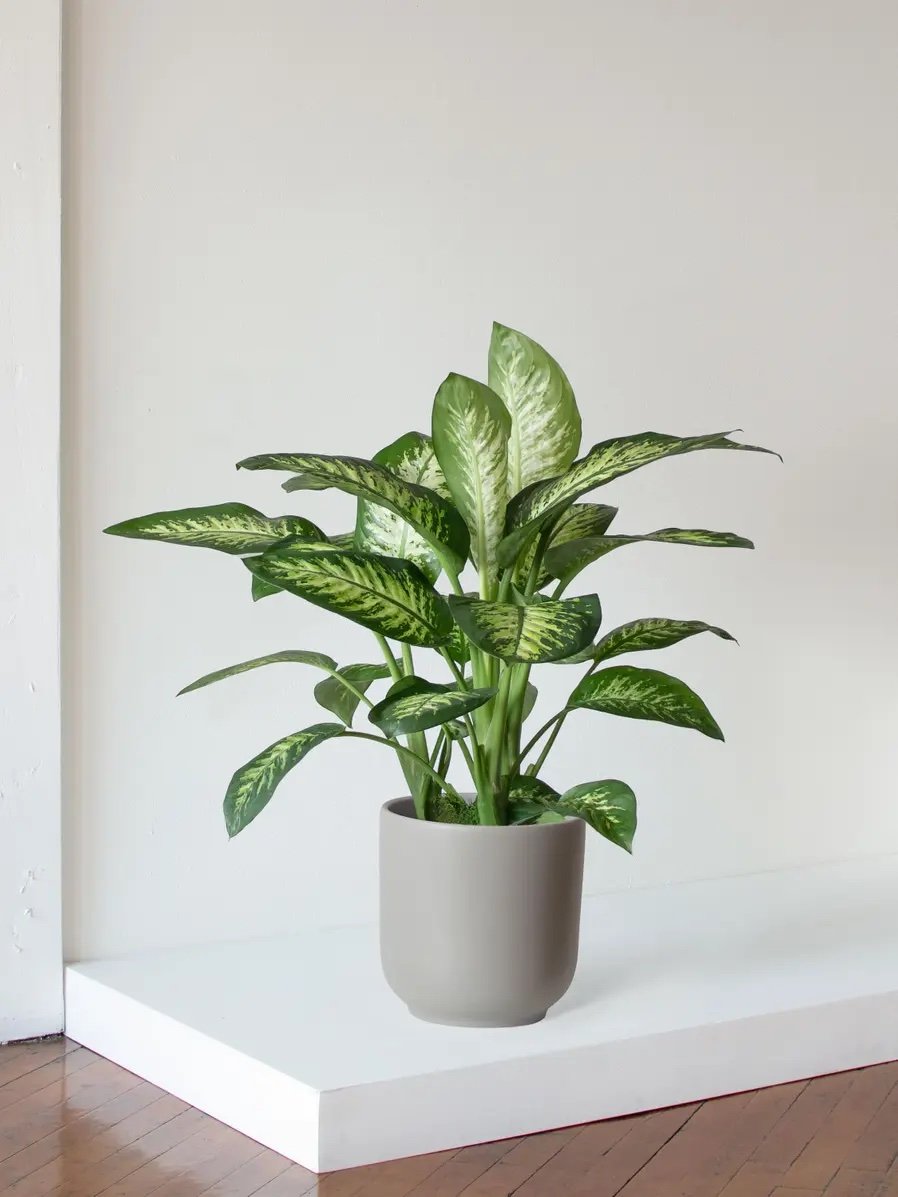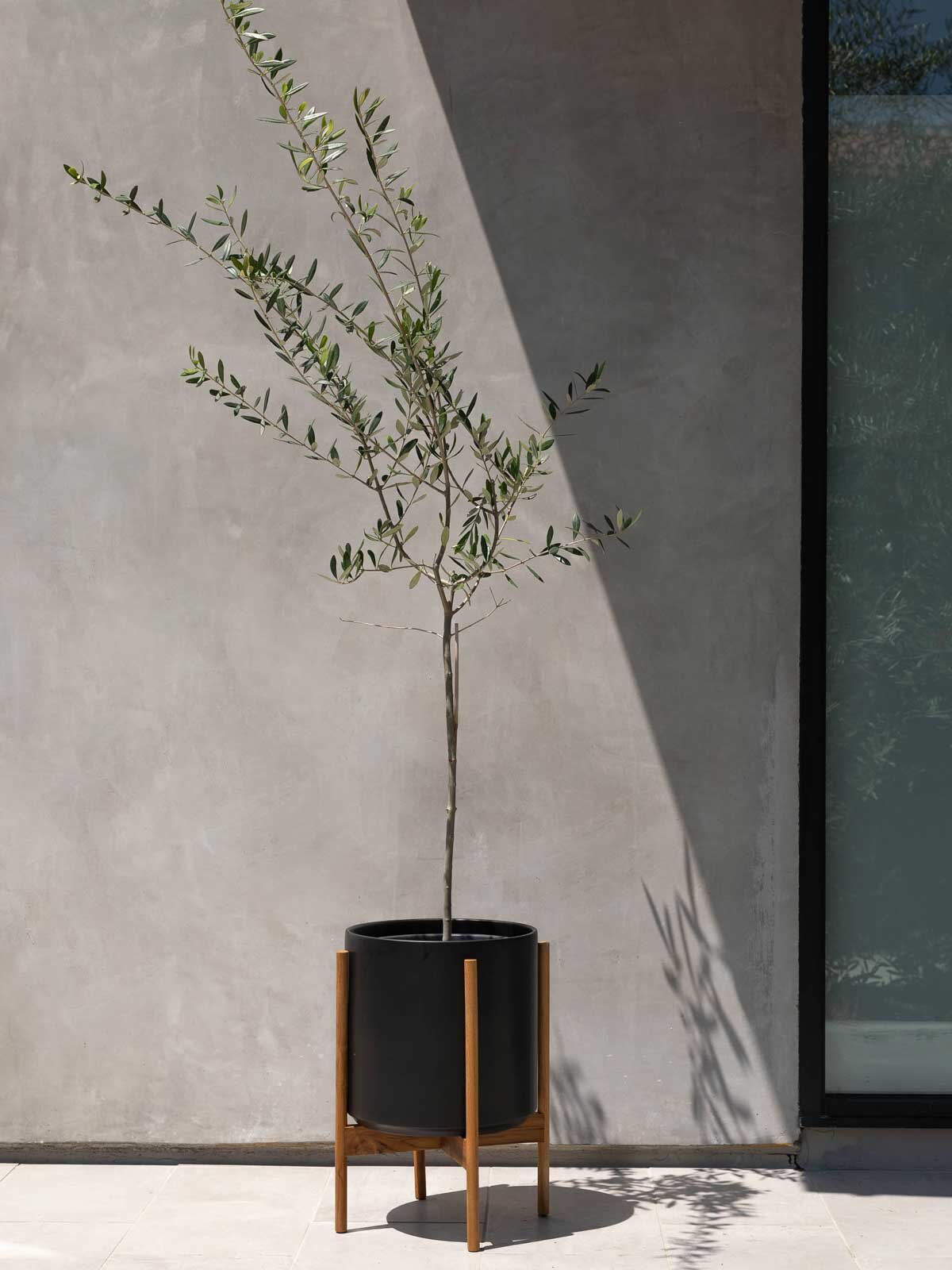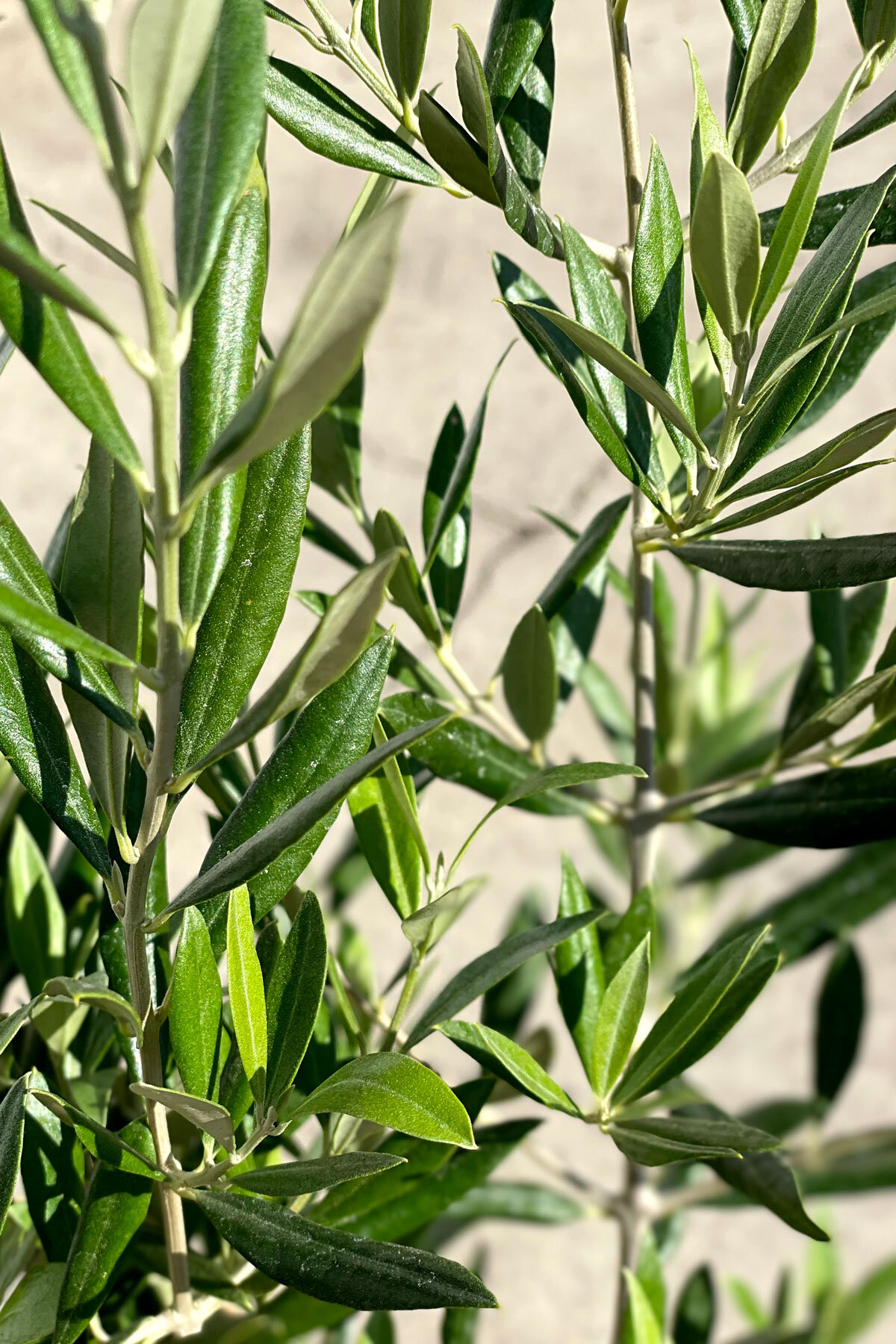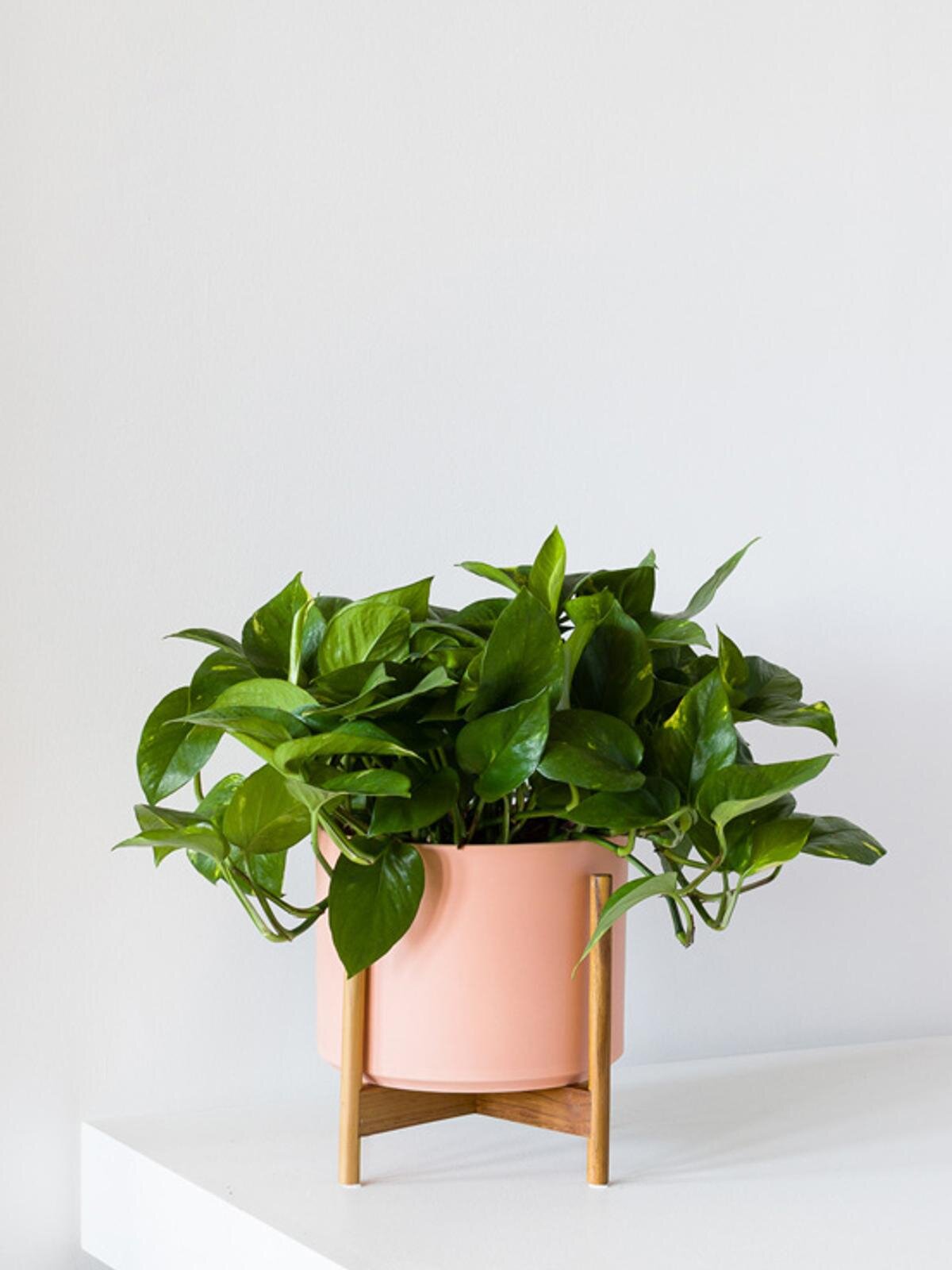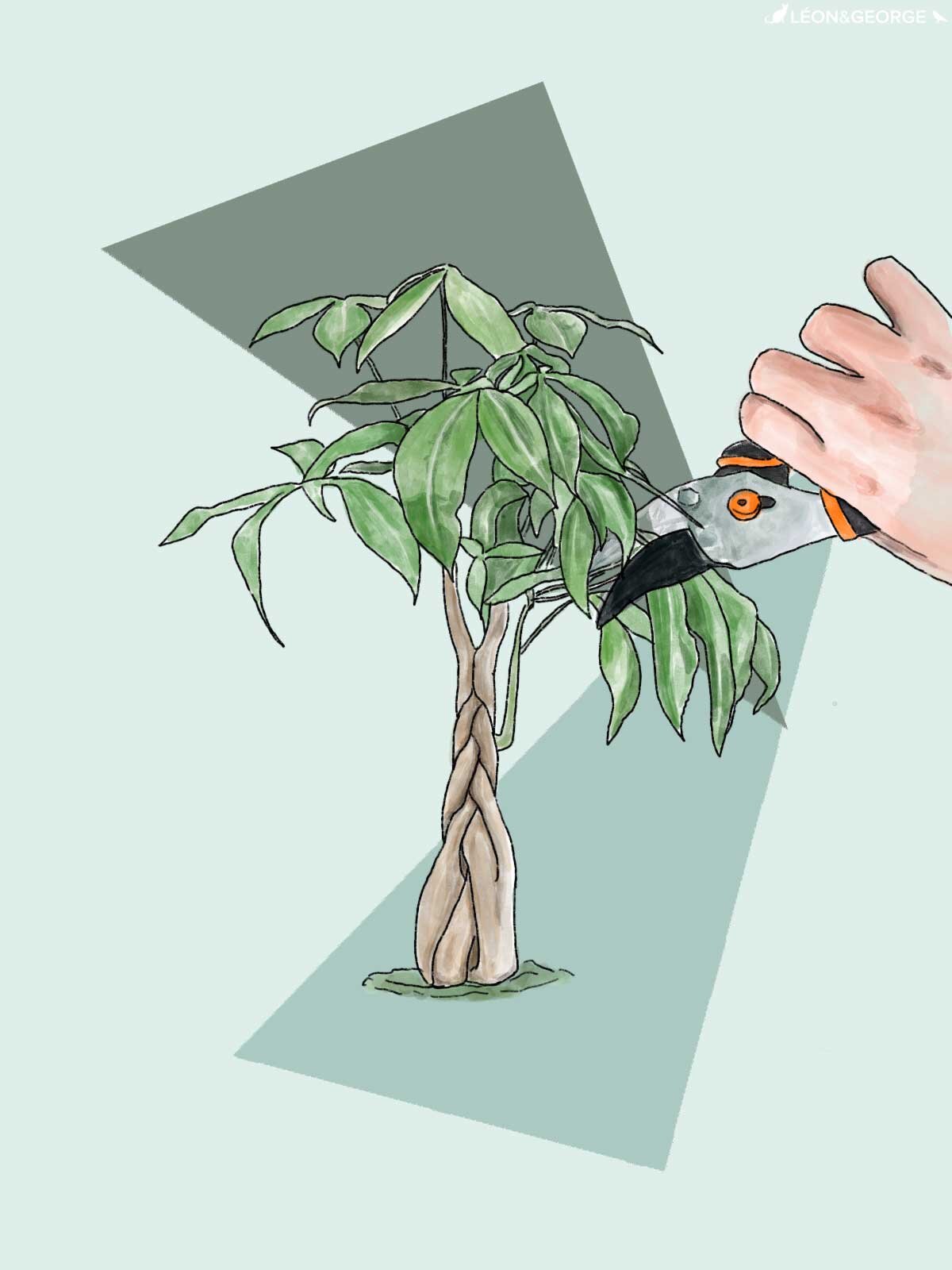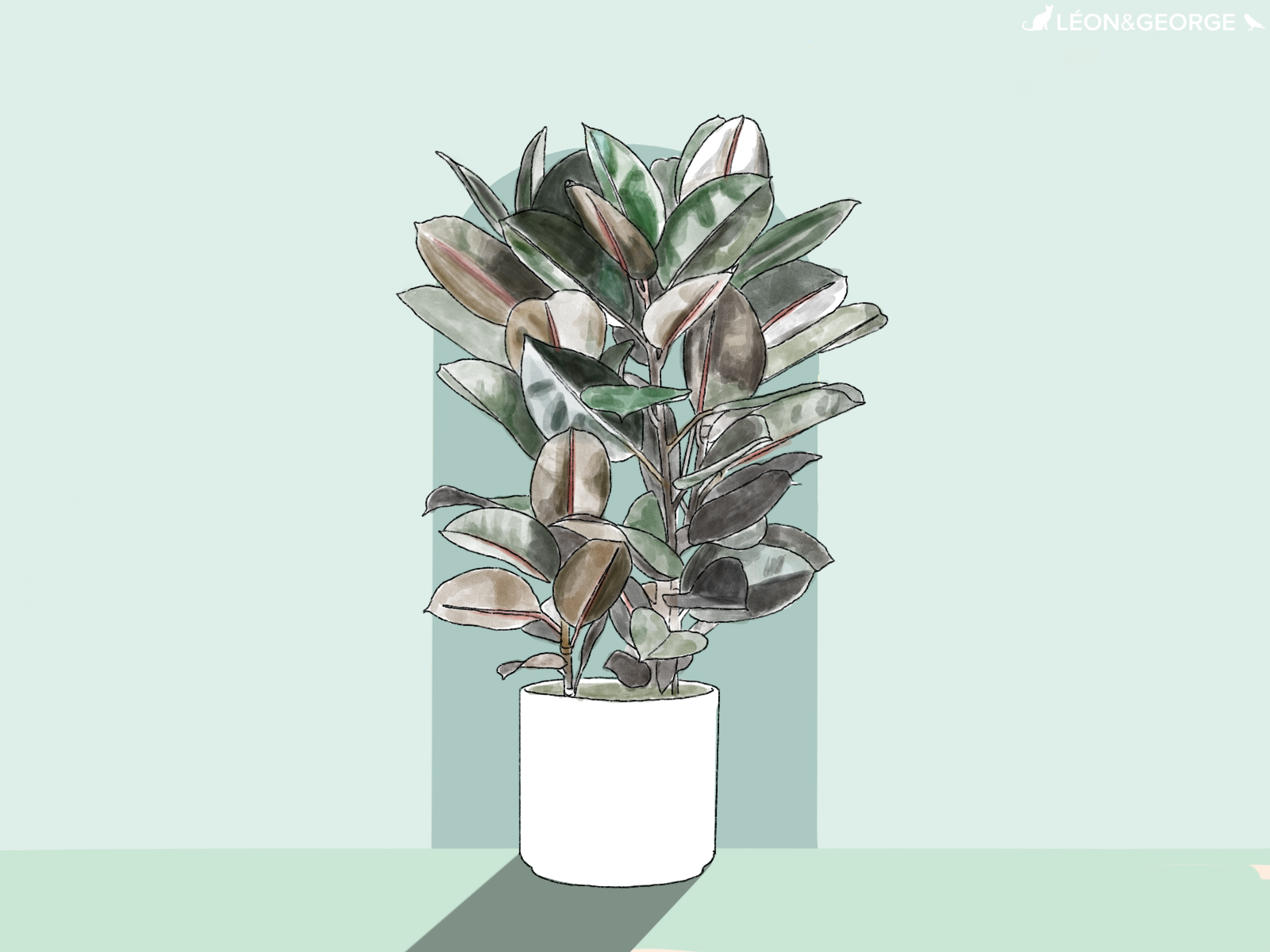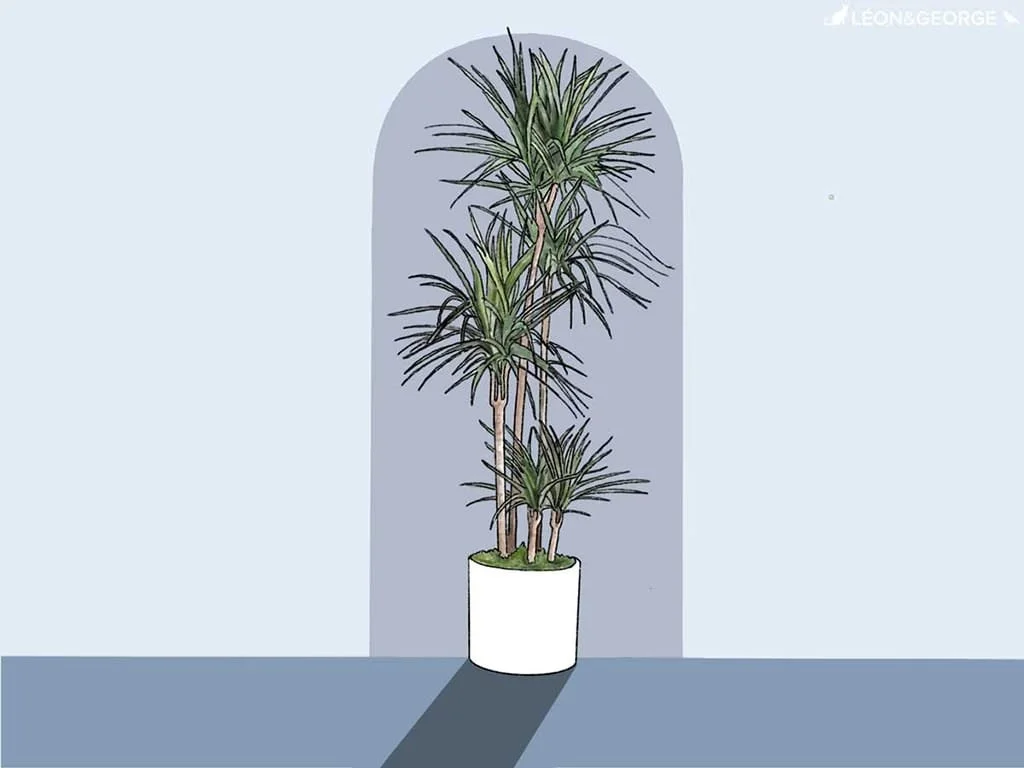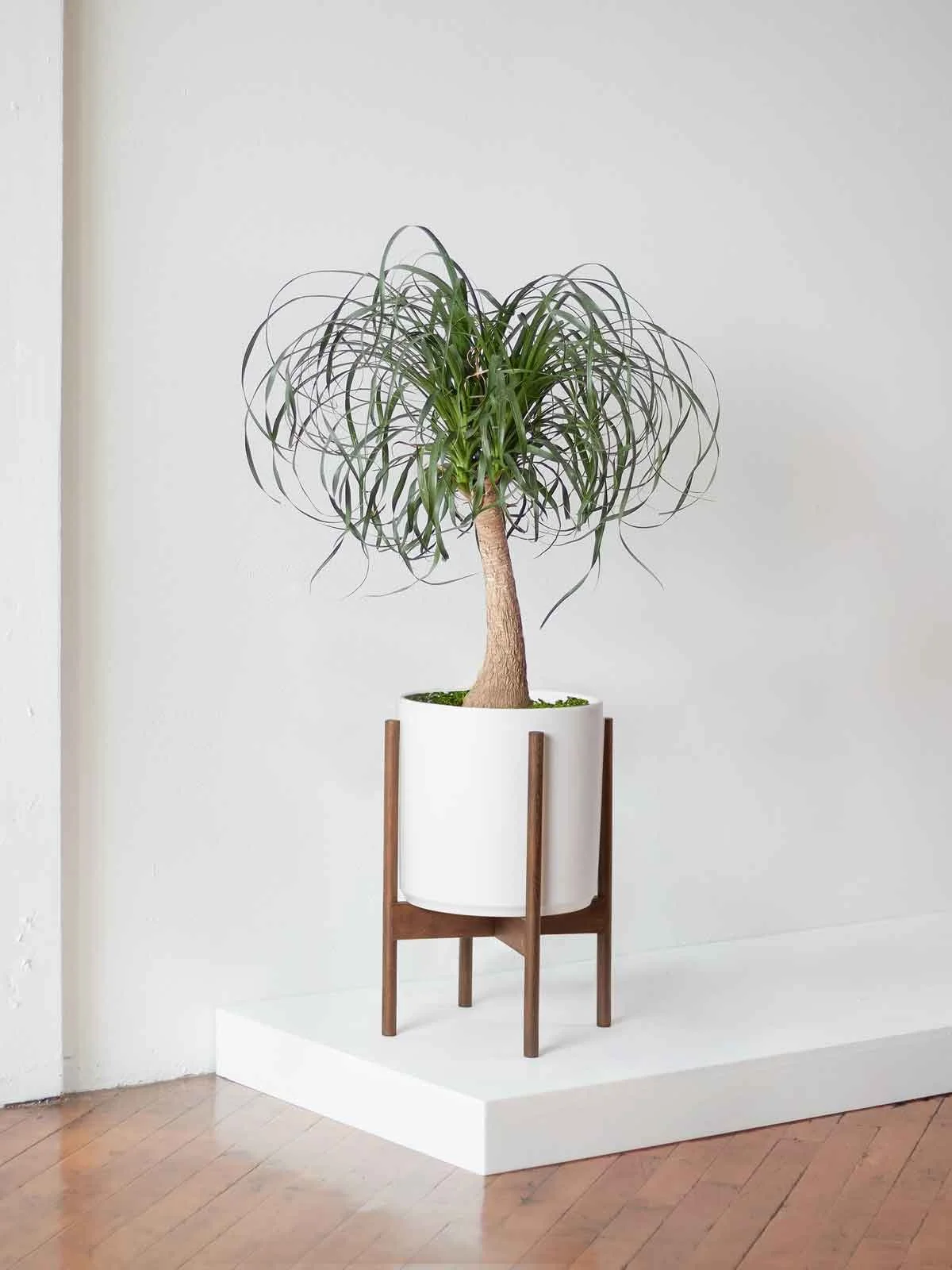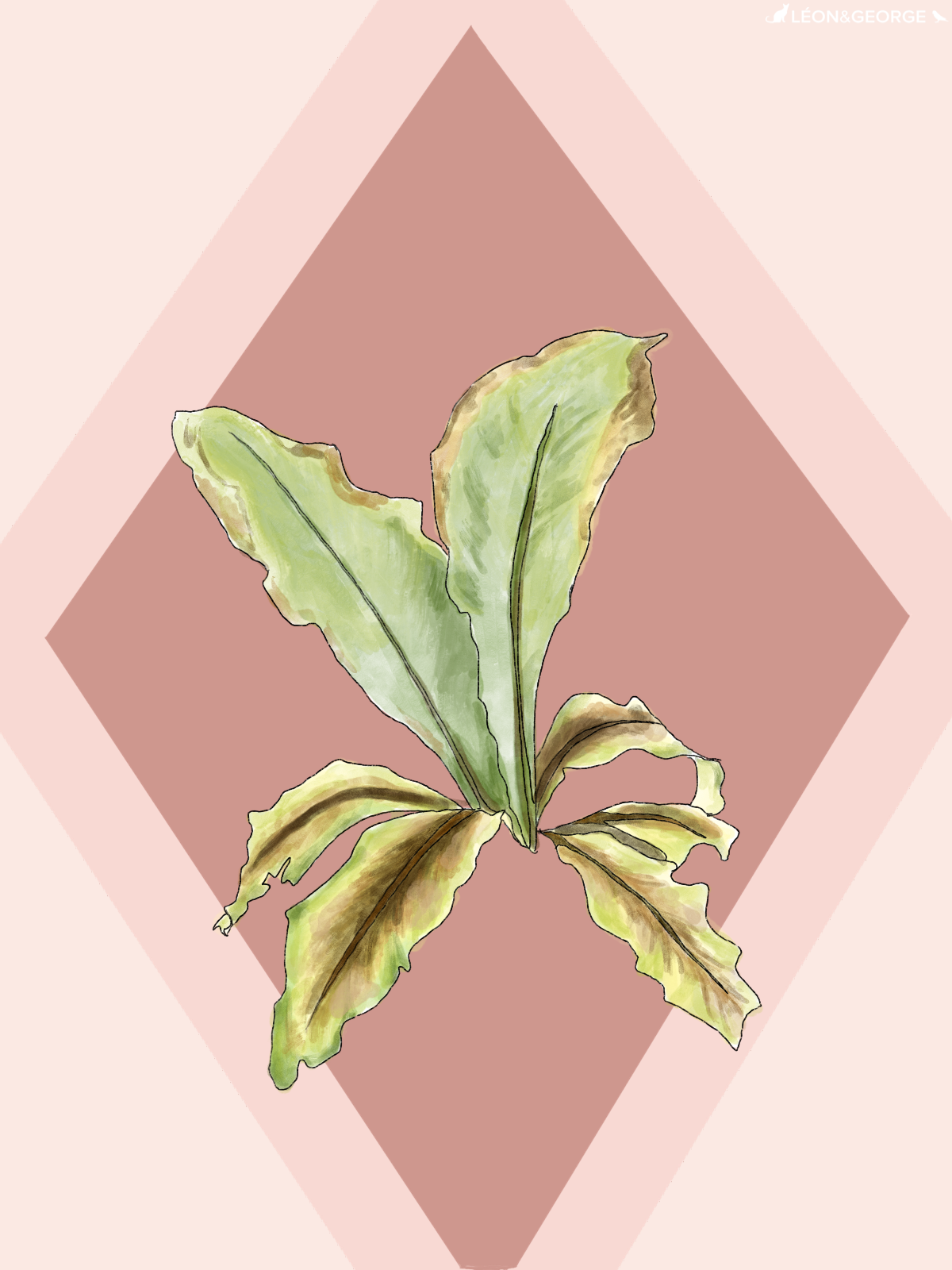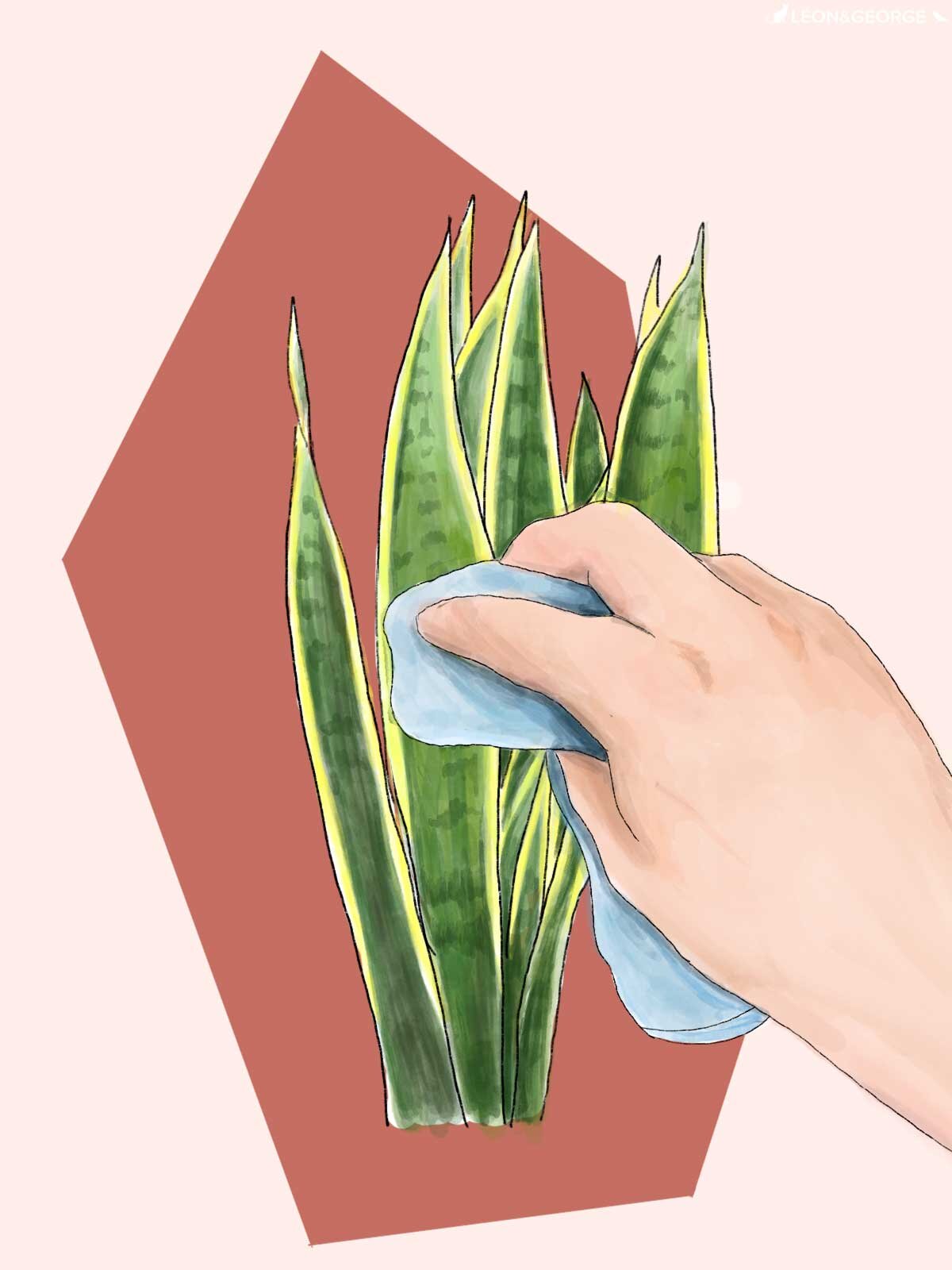THE DIEFFENBACHIA
AKA Dieffenbachia, Dumb Cane, Tropic Snow
If you're looking for a lush, green plant that will add a touch of the tropics to your home, the Dieffenbachia is an excellent choice. This plant is known for its large, variegated leaves that come in a range of colors, from deep green to creamy white. But, as with any plant, the Dieffenbachia needs specific care to thrive in your home. Read on to learn about how to care for and grow a healthy Dieffenbachia.
What type of light does the Dieffenbachia need?
Dieffenbachia prefers bright, indirect light, but can also tolerate low light conditions. However, if you place your Dieffenbachia in direct sunlight, it can scorch the leaves, so it's best to keep it away from windows that receive direct sunlight.
How to water your Dieffenbachia
Water your Dieffenbachia thoroughly once every 7-10 days. This plant loves moisture, but also needs to dry out a bit between waterings. Think about giving it one big drink after extended thirst. A good rule of thumb is to water your Dieffenbachia when the top two inches of soil feel dry to the touch, or use these handy moisture meter indicators. Misting the leaves occasionally will help keep your plant humid and keep dry browning edges to a minimum.
BLACK SOAP SPRAY
All natural and made with just four ingredients, L'Original acts as a natural leaf shine, insecticide, and fungicide for all living plants.
$24
How fast does the Dieffenbachia grow?
In prime conditions, the Dieffenbachia is a fast grower and can grow up to 2 feet per year. Fertilize your Dieffenbachia 1-2 times per month in the spring and summer with indoor plant food, or foliar feed year round.
Common problems with Dieffenbachia
Yellow Leaves
See just one yellow leaf? Don’t worry. It may just be time for that leaf to go! There is only cause for concern if you see multiple yellow leaves or a consistent pattern of yellowing.
One of the most common issues with the Dieffenbachia is the appearance of yellow leaves. This is usually due to overwatering and/or poor drainage. If you begin to notice yellow leaves on your plant, check in on your watering routine: are you checking the soil each time you water? The top two inches or so should be dry to the touch. If you believe you’ve overwatered beyond repair, check in on the plants roots to ensure there is no root rot. Root rot can be serious for most indoor plants if not treated quickly.
Although less common, yellow leaves can also be a sign of nutrient deficiency or even a pest infestation. Inspect your plant thoroughly to ensure there are no unwanted visitors (and if there are, isolate your plant and treat it as soon as possible — Super Neem Oil is a great all-natural remedy for common plants!). As for nutrient deficiencies, make sure you are fertilizing your plant at least once a month in the spring and summer. Alternatively, think back to the last time you repotted your plant. If it’s been over two years, it may be time to repot.
Legginess
Dieffenbachias can also get leggy over time if not cared for properly. With most plants, legginess is a sign of the plant not getting enough light— it will literally reach towards the light to soak up more of it!
While less common, legginess can also be a sign of the general malnourishment of the plant— whether that’s due to lack of fertilizing, a pest infestation, or even a root bound plant that needs more space to grow.
How to maintain a beautiful and healthy Dieffenbachia
Take care of your Dieffenbachia and it will take care of you! Below are simple tips to continue caring for your Dieffenbachia or Dumb Cane over time.
Pruning - Remove dry or dead leaves all year round, but save any major pruning for the spring and summer months. When pruning your Dieffenbachia, wear gloves as your plant has a sap that can irritate skin. Use sharp, clean shears and cut just above where the stem is growing from the cane. Dieffenbachias can be fast growers and so it is recommended to prune often or when things start to look crowded.
Cleaning - Take each leaf between two soft tissue cloths and wipe off the top to reveal a healthy shine (also helps the plant soak in more light!). Check out L’Original black olive soap as an excellent all-natural houseplant cleaner.
Repotting - Houseplants grow much slower than they would in the wild. Depending on the size of your plant and the density of the roots, this is nice to do every 2-3 years to provide fresh nutrients and encourage new growth.
When to repot - if the roots start to become visible outside the soil, it is time to consider repotting your Dieffenbachia
Pot sizing - if you want your plant to grow taller, find a nursery pot that’s 2” in diameter larger than the current pot. If you want your plant to stay the same height, you can reuse the same pot and simply change the soil.
Get your hands dirty - spread out newspaper on the floor, remove the plant from the pot and shake off as much of the old soil as possible so that you have clean roots. Place the plant in the center of the pot, add new soil and pat down firmly. Water the soil thoroughly and place the plant in an area with bright indirect light. Your plant will take 2-4 weeks to settle from the shock and adjust to its new home.
How to propagate a Dieffenbachia
Dieffenbachias are easy plants to propagate. While there are multiple ways to propagate this plant, the most straightforward is to simply take a cutting from your plant and root it in water:
Select a stem to propagate - Using sharp, clean scissors or shears, cut a stem at the base of the cane, the stalky “trunk” of your plant.
Place in water - Find a clear glass and fill with water. Make sure only the stem of the branch is submerged, and no leaves are sitting in the water.
Place in a bright area and wait! - Avoid any direct sun. You may need to change the water out every few days to keep it fresh. It could take up to several weeks for your cutting to form roots.
Transfer to soil - After some time, you will start to see tiny white roots emerging from the cutting. Give it a few more days until the roots have grown, and then transfer to indoor potting soil. A small pot is best — no larger than 6” in diameter.
Keep hydrated - During the first few weeks, or until your plant feels firmly rooted in its soil, regularly water and drain your plant. The soil should be just barely moist to the touch at all times.
Dieffenbachia
A vibrant and colorful plant with intricately patterned leaves that are silky smooth to the touch, the Dieffenbachia or Dumb Cane is a sought-after statement plant for its easy-going nature and effortless ability to brighten any room. Native to the verdant rainforests of Central and South America, the Dieffenbachia is an excellent air-purifier that does best in medium to bright indirect light.



